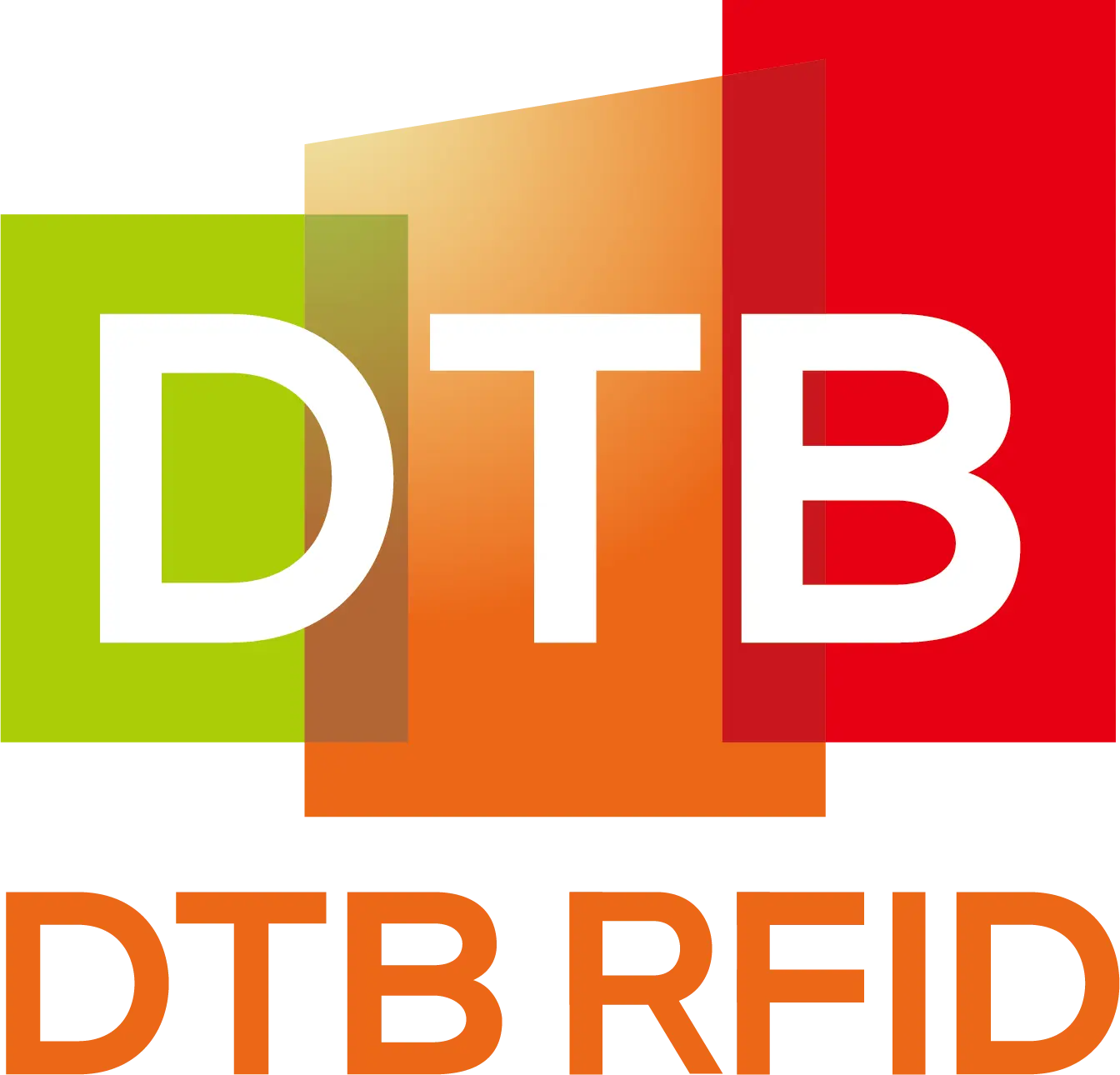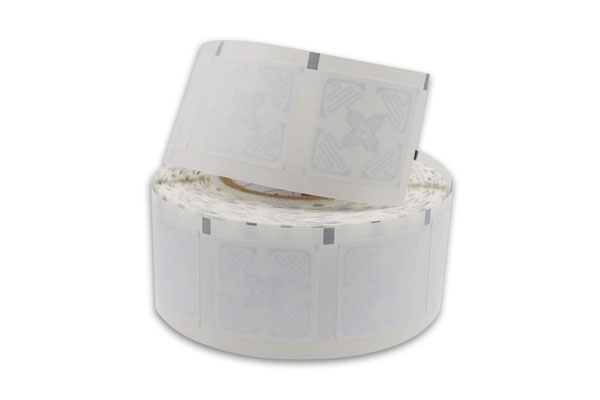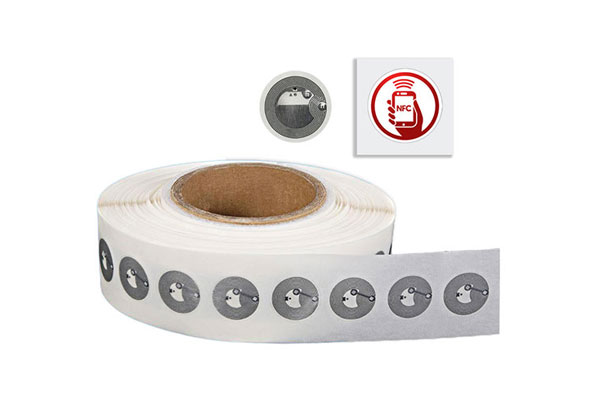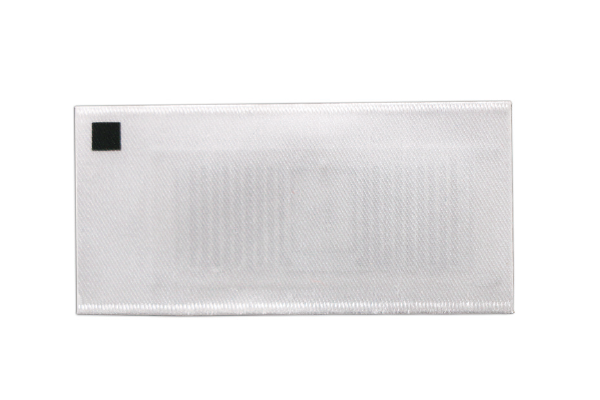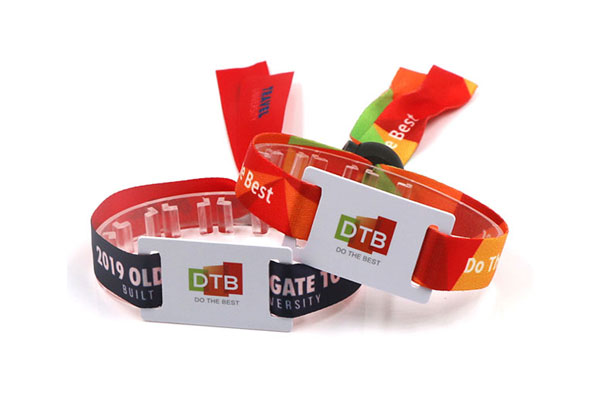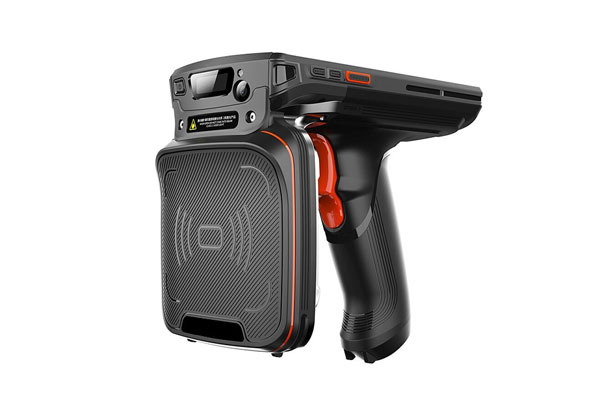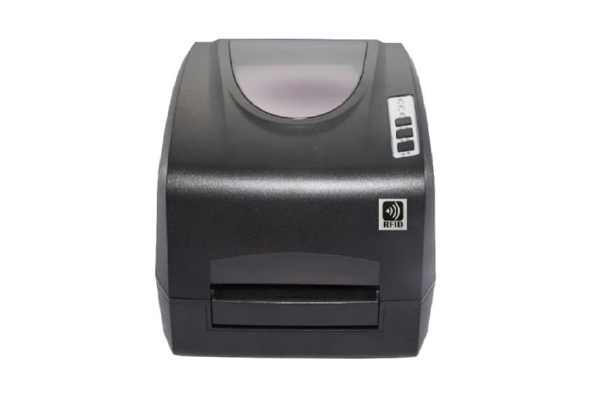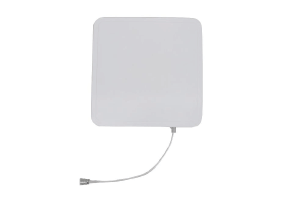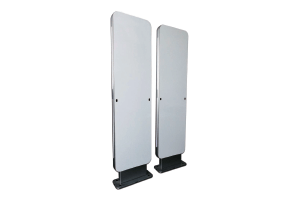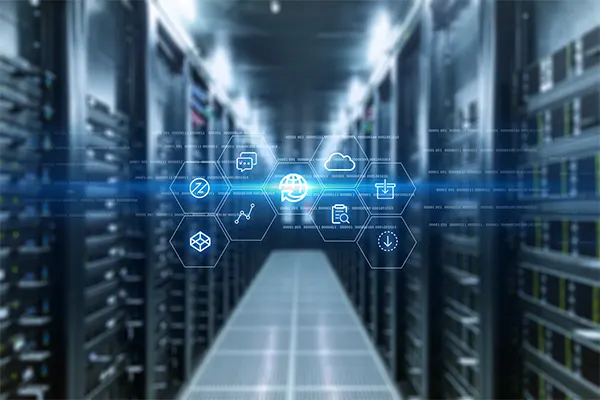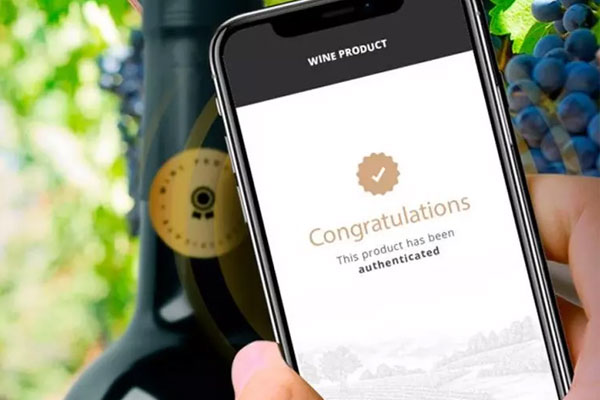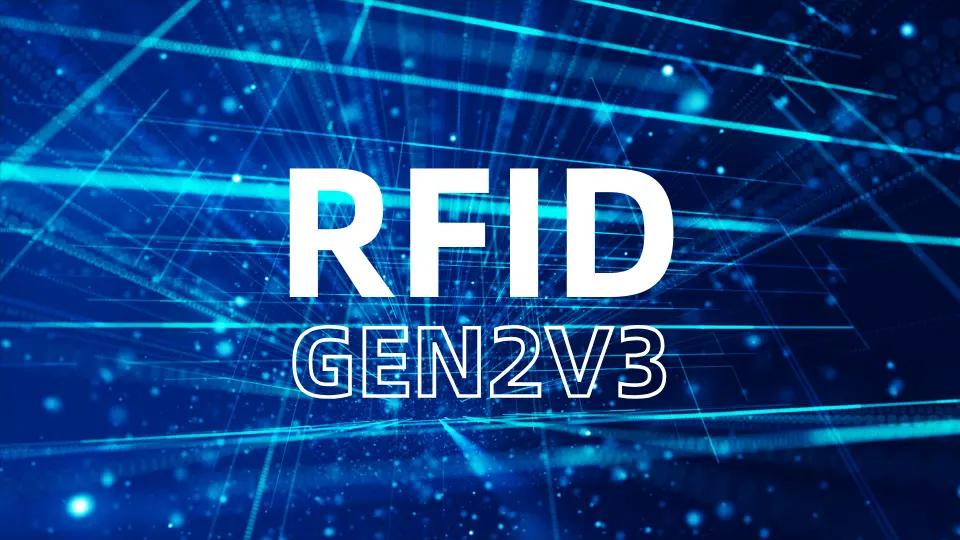In 2025, the RAIN RFID landscape has entered a transformative phase with the widespread adoption of the Gen2v3 protocol, the latest evolution of the UHF RFID standard. Designed to address the escalating demands of modern IoT ecosystems, Gen2v3 refines the foundational principles of its predecessors while introducing groundbreaking features tailored for crowded, high-density environments. This article delves into the technical advancements of Gen2v3, its implications for industries, and its role in shaping the future of wireless identification.
The Genesis of Gen2v3
The Gen2v3 protocol emerged as a response to the limitations of earlier RFID standards in handling today’s hyper-connected world. As billions of tagged items—from retail goods to industrial tools—flooded RFID networks, legacy systems grappled with inefficiencies like tag collisions, unreliable read rates, and interference in multi-reader setups. While Gen2v2 (2013) laid the groundwork for secure data exchange, it lacked the agility to manage the exponential growth of connected devices. Gen2v3, ratified in late 2023 after rigorous industry collaboration, bridges this gap with a focus on scalability, precision, and adaptability.
Core Technical Advancements
Dynamic Tag Collision Mitigation
Tag collision—a persistent challenge in RFID systems—occurs when multiple tags respond simultaneously, overwhelming readers. Gen2v3 tackles this through adaptive time-division algorithms that stagger tag responses based on real-time environmental conditions. Unlike static collision-avoidance methods in Gen2v2, this dynamic approach adjusts communication timing based on tag density and movement, reducing read errors by up to 40% in crowded scenarios.
Smarter Spectral Efficiency
Gen2v3 introduces frequency-hopping optimizations that minimize interference between readers operating in overlapping zones. By intelligently allocating frequency channels and synchronizing transmission windows, the protocol ensures seamless coexistence of multiple readers—a critical feature for smart warehouses and manufacturing floors. This advancement also enhances backward compatibility, allowing Gen2v3 readers to interoperate with older tags without performance degradation.
Enhanced Security Frameworks
Security remains a cornerstone of Gen2v3. Building on Gen2v2’s cryptographic features, the protocol adds elliptic-curve cryptography (ECC) support for lightweight encryption, ideal for low-power tags. Additionally, it introduces tamper-evident memory partitions, enabling secure storage of sensitive data like product origins or ownership records. These upgrades are pivotal for sectors like pharmaceuticals, where counterfeit prevention is paramount.
Energy-Aware Communication
Gen2v3 optimizes power consumption through adaptive backscatter modulation, allowing tags to adjust their signal strength based on reader proximity. This not only extends tag battery life (for semi-passive devices) but also reduces “phantom reads” from distant tags, improving inventory accuracy. For example, in a retail stockroom, readers can prioritize tags within a specific shelf zone while ignoring those in adjacent aisles.
Industry Implications
While avoiding specific vendor references, Gen2v3’s design principles cater to universal challenges across sectors:
Retail & Logistics: In high-traffic environments like fulfillment centers, Gen2v3’s collision-mitigation algorithms enable rapid, error-free scanning of pallets, even when thousands of tagged items move through conveyor systems.
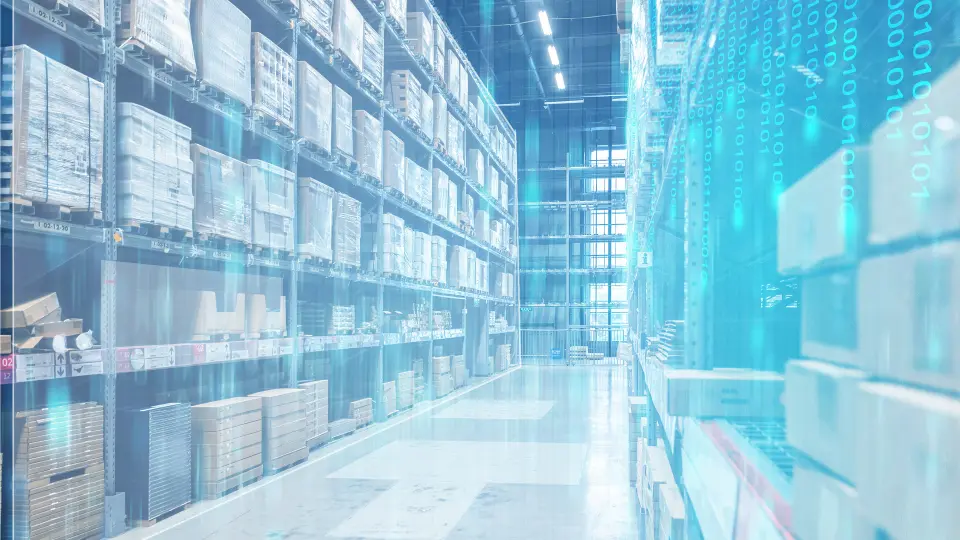
Healthcare: Hospitals benefit from the protocol’s secure data partitions to track sterilized equipment and verify medication authenticity, even in electromagnetically noisy settings like MRI suites.
Smart Manufacturing: Assembly lines leverage Gen2v3’s multi-reader synchronization to monitor tools and components in real time, minimizing production bottlenecks.
Challenges and Forward-Looking Innovations
Despite its strengths, Gen2v3 faces hurdles. Legacy infrastructure upgrades require significant investment, particularly for small businesses. Regulatory fragmentation across regions also affects compliance efforts, as nations adopt varying frequency bands for RFID operations.
Future iterations may focus on AI-driven spectral management, where readers autonomously optimize frequency usage based on ambient conditions. Early trials suggest machine learning could predict interference patterns, further boosting read reliability. Another frontier is sustainability: researchers are exploring recyclable tag materials compatible with Gen2v3’s energy-efficient protocols to reduce e-waste.
Conclusion
The Gen2v3 protocol marks a paradigm shift in RAIN RFID technology, blending precision, security, and scalability to meet the demands of an increasingly interconnected world. By addressing the pain points of earlier standards, it unlocks new efficiencies for industries while laying the groundwork for innovations like autonomous supply chains and AI-enhanced inventory systems. As adoption accelerates, Gen2v3 will not only redefine RFID’s role in global connectivity but also serve as a catalyst for smarter, more sustainable ecosystems. In the race toward a hyper-digitized future, Gen2v3 is less an endpoint than a gateway—a testament to RFID’s enduring evolution.
